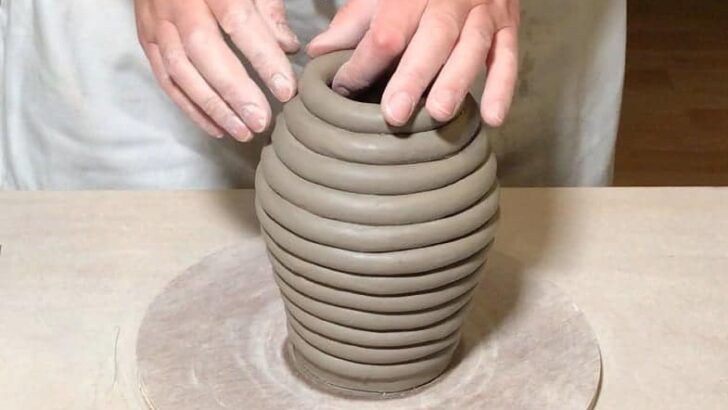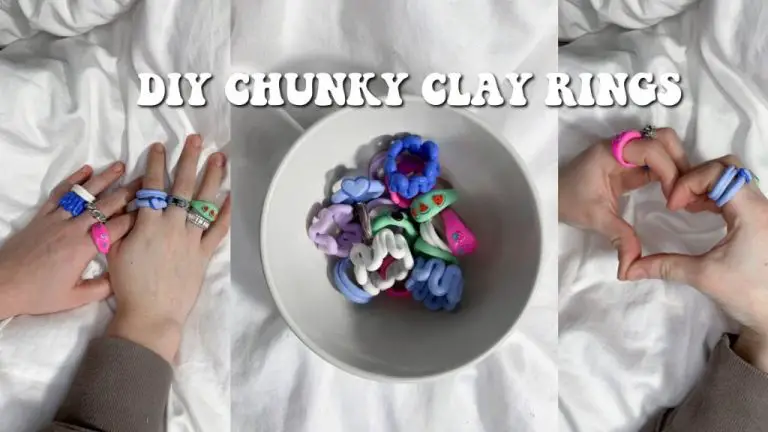How Do You Paint Over Glaze?
What is Glaze Paint?
Glaze paint is a transparent or semi-transparent oil paint that can be used to modify the appearance of an existing painted surface. According to this source, glaze paints are thin and have very little pigment. This allows them to create transparent layers and add subtle color and texture effects without completely obscuring the paint layers underneath.
The key properties of glaze paint are:
- Transparent – Glaze paints are translucent, allowing the underlying paint layers to show through.
- Adds color – Glazing adds a sheer layer of color over existing paint.
- Adds texture – Brush strokes in glazes create visual texture.
Glazing is a classic oil painting technique that allows artists to gradually build up color, depth, and realism. By layering transparent glazes over underpaintings, painters can refine forms, mix optical color, and give a luminous quality to their work.
Should You Paint Over Glaze?
Glaze is a coating that goes over the bare ceramic to seal and decorate it. There are pros and cons to consider when deciding whether to paint over an existing glaze layer:
Pros of Painting Over Glaze
- Can update the look without having to strip the glaze off completely
- Paint adheres well if the surface is properly prepared
- Allows you to be creative and experiment with different looks
Cons of Painting Over Glaze
- May not adhere as well long-term compared to painting directly on bare ceramic
- The original glaze texture and sheen may affect the new paint finish
- Dark glazes can cause the new paint to appear darker or muted
Overall, painting over glaze is possible as long as proper preparation and paints are used. It allows creative expression without having to fully strip down projects. However, the underlying glaze texture and color can impact the end result. Test painting on sample tiles first to ensure satisfaction.
Prep the Surface
Before painting over glazed ceramics or pottery, it is crucial to properly prep and clean the glazed surface so the new paint can adhere. According to eHow, the first step is to wash the ceramic piece thoroughly with warm, soapy water and allow it to fully dry.
The next key step is to sand or rough up the glossy glazed surface. This helps provide texture for the new paint to grip onto. As one Reddit user advised, you can sandblast the surface with silicon carbide abrasive media to effectively break the glossy glaze and create a roughed up texture.

Be sure to sand evenly across the entire surface you wish to paint. Try using an orbital sander with 120-150 grit sandpaper for best results. Sand until the glaze becomes frosty and matte. Thoroughly clean away all sanding dust before painting.
Primer
One of the most important steps when painting over glazed surfaces is to properly prime the area first. Using an oil-based primer designed for glossy surfaces is highly recommended when painting over glazed ceramics or tile. Oil-based primers contain ingredients that allow the paint to adhere properly to slick, non-porous surfaces like glazed ceramics. According to experts on WetCanvas.com, Krylon’s K01311 Acrylic Crystal Clear Primer is one of the best options for priming glazed surfaces before painting.
When applying primer, it’s important to do multiple thin coats instead of one thick coat. Applying 2-3 thin coats allows the primer to fully cover the surface and seal it for painting. Thicker coats can cause drips or lead to uneven coverage. Let each coat fully dry before adding the next. Once primed with 2-3 coats, the glazed surface will have a proper base for the new paint to adhere to.
Top Coat Paint
When selecting a top coat paint for painting over glaze, it’s best to use a satin, semi-gloss, or high-gloss paint. These paints will adhere the best and provide good coverage over the slick glazed surface.
Be sure to apply at least 2-3 coats of the top coat paint. The glaze can cause the paint to soak in differently than painting on raw ceramic or other surfaces. Applying multiple coats will help build up a smooth, consistent colored top layer.
According to one source, acrylic paints work very well for painting over glazed surfaces. The acrylics have good adhesion and coverage properties (source).
Other sources recommend using specialty ceramic and porcelain paints, as these are designed to bond to the slick surfaces. Brands like DecoArt and FolkArt have paints specifically for glazed ceramics (source).
Application Tips
When applying paint over glaze, it’s important to use the right tools and technique for the best results. Here are some application tips to follow:
Use a brush and/or roller. For painting over glaze, a brush allows you to get into small details and crevices. A roller can be used for quickly covering large flat surfaces. Make sure brushes and rollers are high-quality and designed for the type of paint you’re using.
Take your time and be thorough. Rushing through the painting process can lead to streaks, inconsistent coverage, and other mistakes. Carefully apply the paint in smooth, even coats. Let each coat fully dry before adding another. Check for any thin or missed spots and touch them up. With patience and care, you can achieve great results painting over glazed surfaces.
Common Problems When Painting Over Glaze
There are a few common issues that can occur when painting over a glazed surface. Knowing what to look for can help identify and prevent problems.
Bleeding Through
One problem is the new paint bleeding through the old glaze layer. This happens because the paint soaks into the porous glaze and shows through to the other side. Using a staining type of paint, applying too heavy of a coat, or insufficient priming can all cause bleed through 1.
Residue Showing Through
Another issue is having the glaze residue show through the new paint. This results in visible brush strokes, lines, or blotches. Proper prep work is key to preventing the glaze layer from causing problems with the new paint. Sanding or deglossing allows for better adhesion 2.
Uneven Texture
Applying paint over a heavily textured glaze coat can also lead to uneven results. The brushstrokes and variations in the glaze layer can create an uneven look to the new paint. Using a mini roller or painting multiple coats can help smooth out the texture differences 1.
Fix Paint Issues
If you encounter problems with paint adhering or not looking right over the glazed surface, there are some steps you can take to fix it:
Apply additional primer or paint. Adding extra coats of primer and paint can help cover up any imperfections or issues from the original application. Be patient and allow proper drying time between coats.
Lightly sand problem areas. Use a fine grit sandpaper to gently scuff any parts of the glaze where the paint is not properly adhering. This will rough up the surface and allow the paint to grip better. Be very gentle so you don’t scratch through the glaze.
Check the compatibility of your paint and glaze. In some cases, certain paints just don’t adhere well to certain glazed surfaces. You may need to experiment with different paint brands or types. An oil-based enamel often works well.
Strip and reapply the paint. If sanding and adding more coats of paint don’t work, you may need to completely remove the paint with a chemical stripper or by sanding. Properly clean and prep the surface again before repainting.
Hire a professional. For severe paint adhesion issues or problems achieving an attractive finished look, consult a professional painter or glazing specialist. They have the skills and tools to properly fix paint problems over glaze.
Maintenance
To keep painted glaze looking its best, be sure to clean it regularly and touch up any damaged paint as needed. Use a mild soap and water to gently wash the surface. Avoid abrasive cleaners or scrubbing too hard, as this can strip the paint. For tough dirt or buildup, try a baking soda paste and soft cloth. Rinse and dry thoroughly.
Check the paint over glaze periodically for any chips, cracks, or worn spots. These can allow moisture underneath and lead to peeling. When you notice flaws, sand and spot prime before touching up with more paint. Use thin coats and allow proper drying time. Match the original paint color as closely as possible. With proper maintenance, you can keep painted glaze looking fresh for years.
When to Hire a Pro
Consider hiring a professional painter if you have large, high-ceiling rooms that would be difficult to properly paint yourself. Professionals have the proper equipment and expertise to efficiently paint tall walls and high ceilings, like those found in entryways, living rooms and dining rooms. They can bring ladders, lifts and scaffolding to reach high areas you can’t with just a roller and paint brush. This allows them to deliver a uniform, smooth finish across the entire surface.
Professionals also have specialized spray equipment to achieve an even coat in large rooms. It’s challenging for a DIY painter to maintain a consistent thickness and avoid drips when hand-rolling a large wall. Spray equipment combined with proper masking allows pros to complete large rooms quickly. Their expertise also ensures the finish will be smooth and seamless once the paint dries, with no noticeable lap marks or changes in sheen.
According to Peak to Peak Paint (https://peaktopeakpaint.com/when-to-hire-pro-painter/), consider hiring a pro for any room with tall walls over 9 feet, as this makes it difficult to cut-in edges near the ceiling as a DIYer. The right equipment and experience makes a professional better equipped to paint large rooms efficiently and achieve flawless results.



